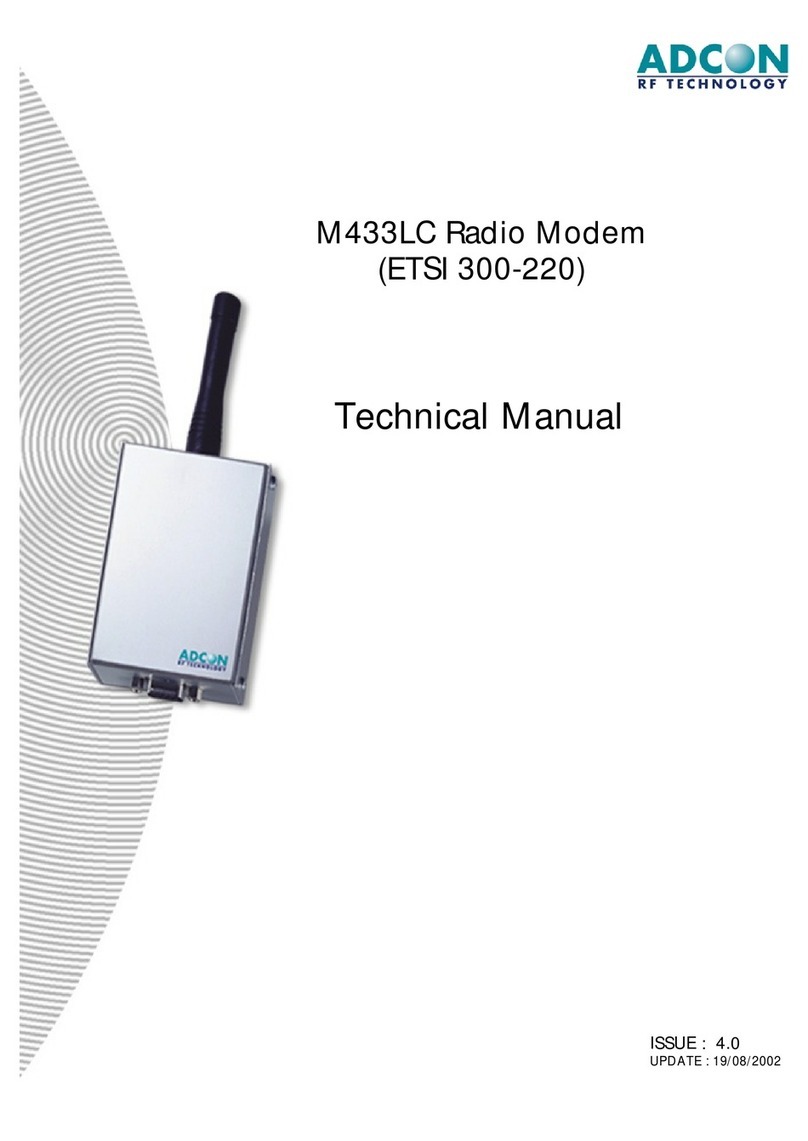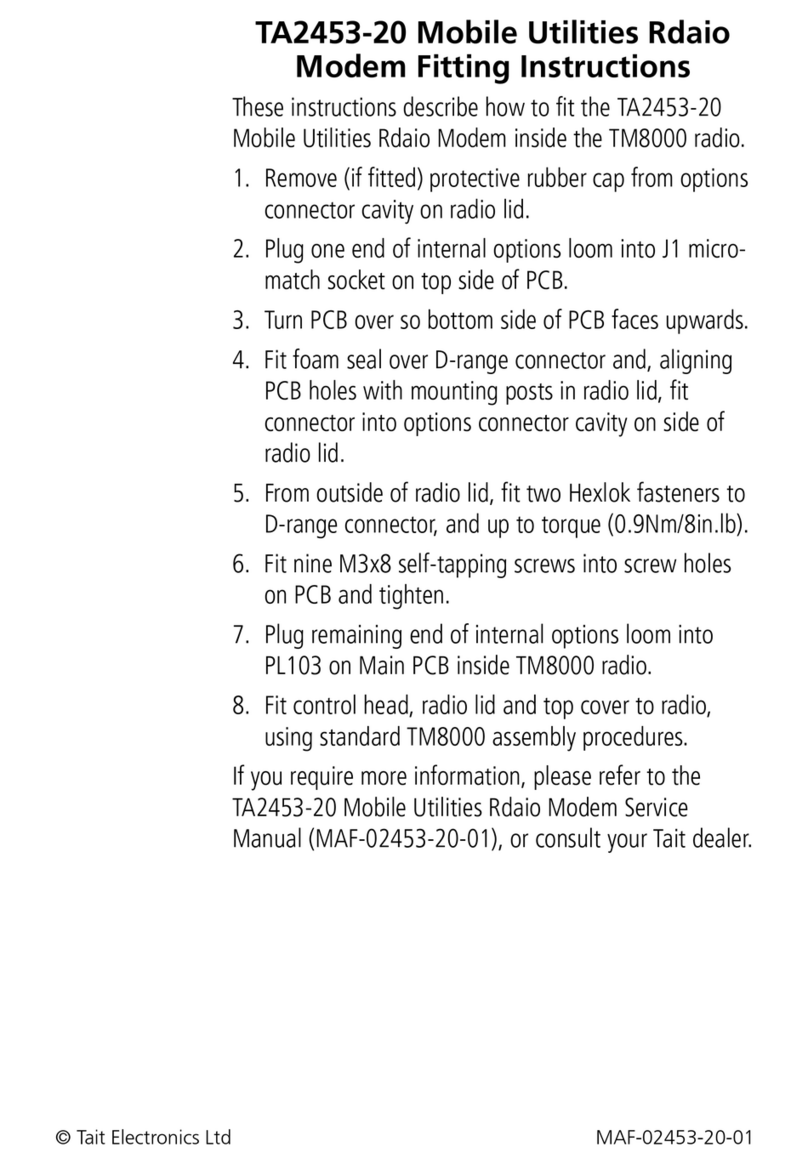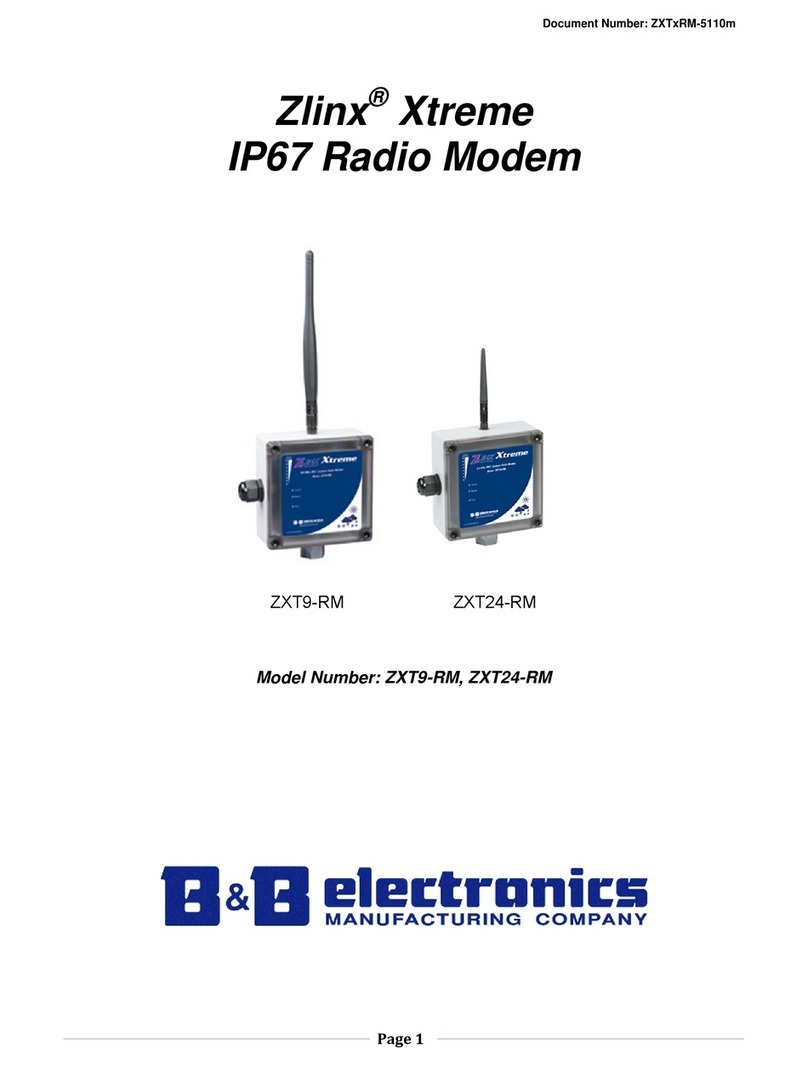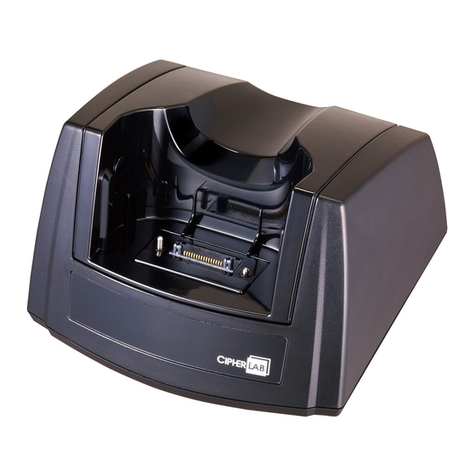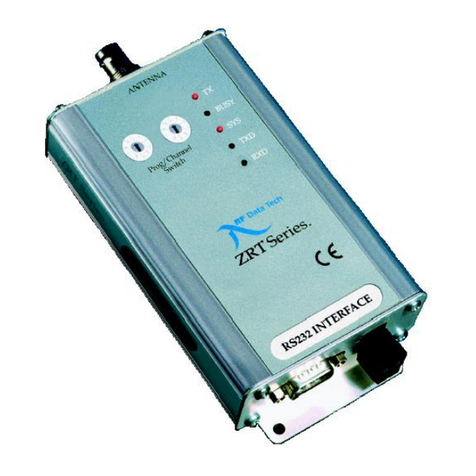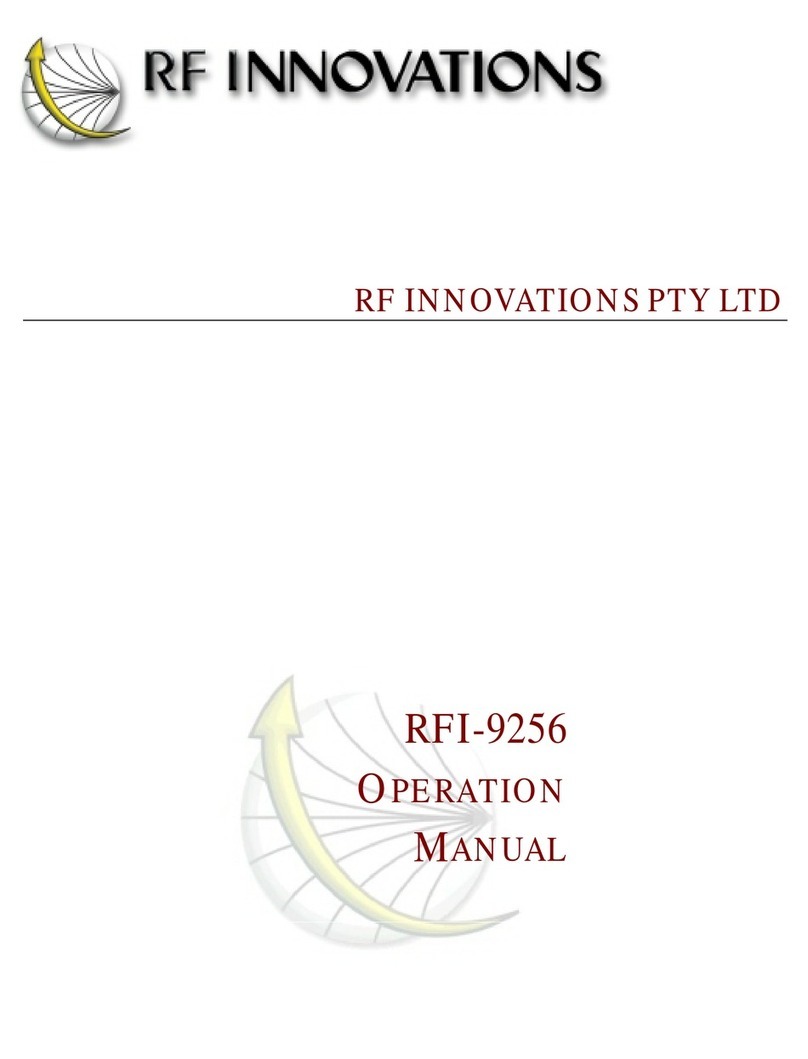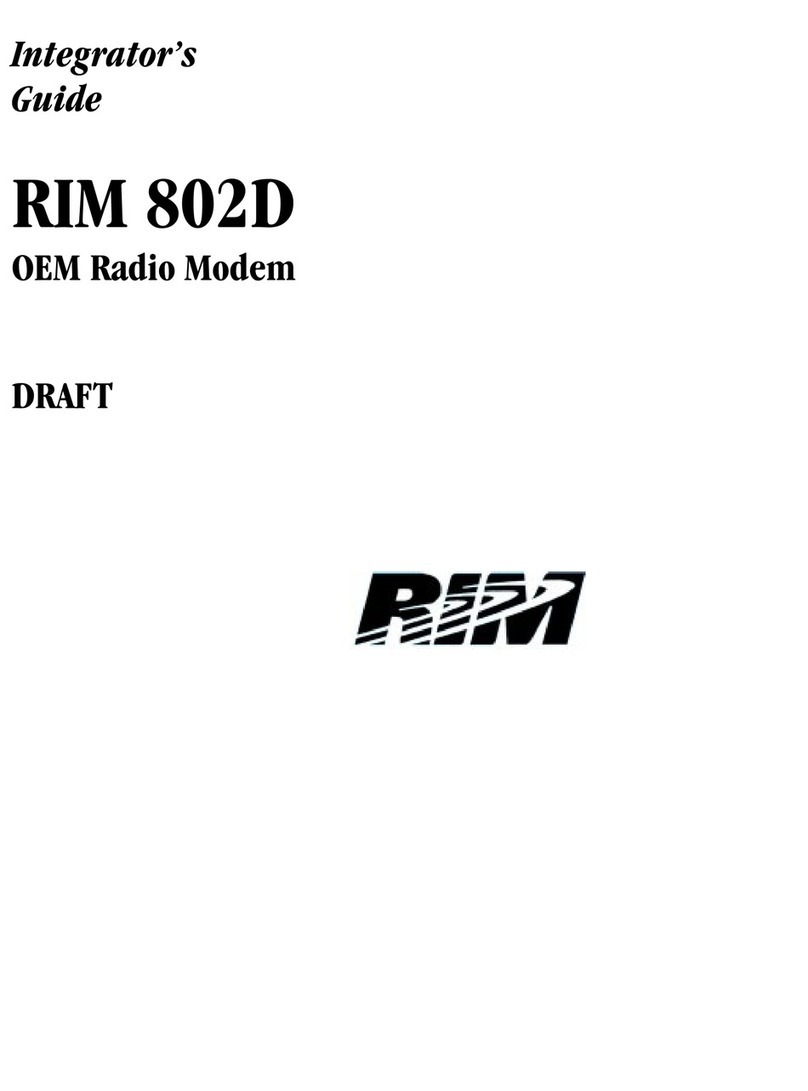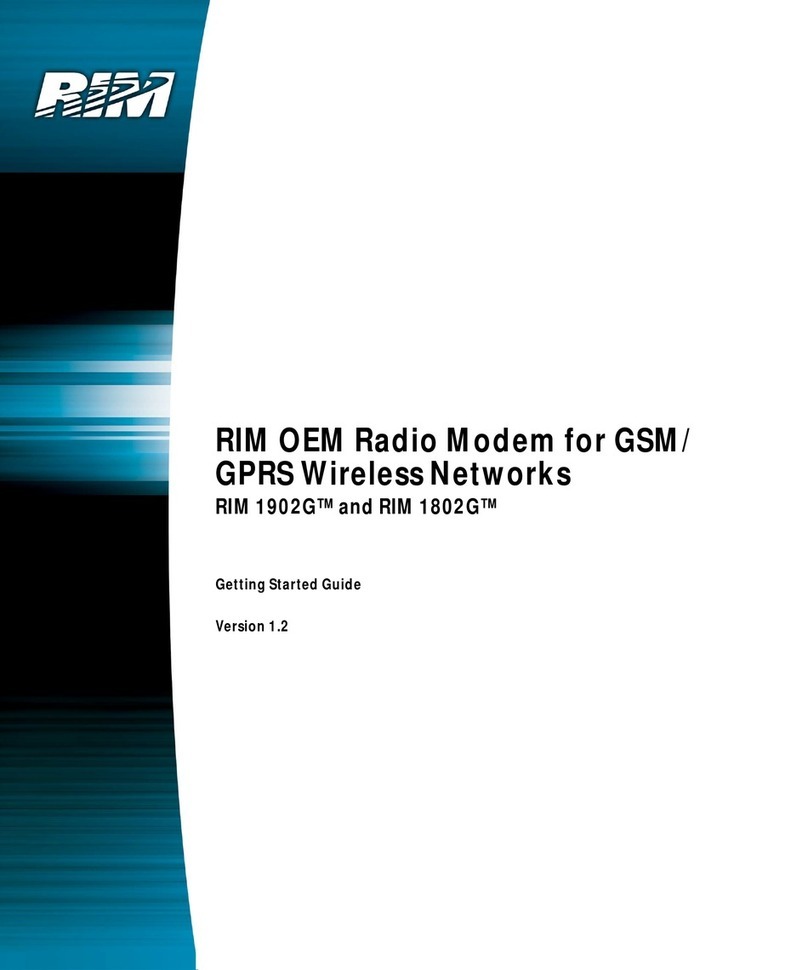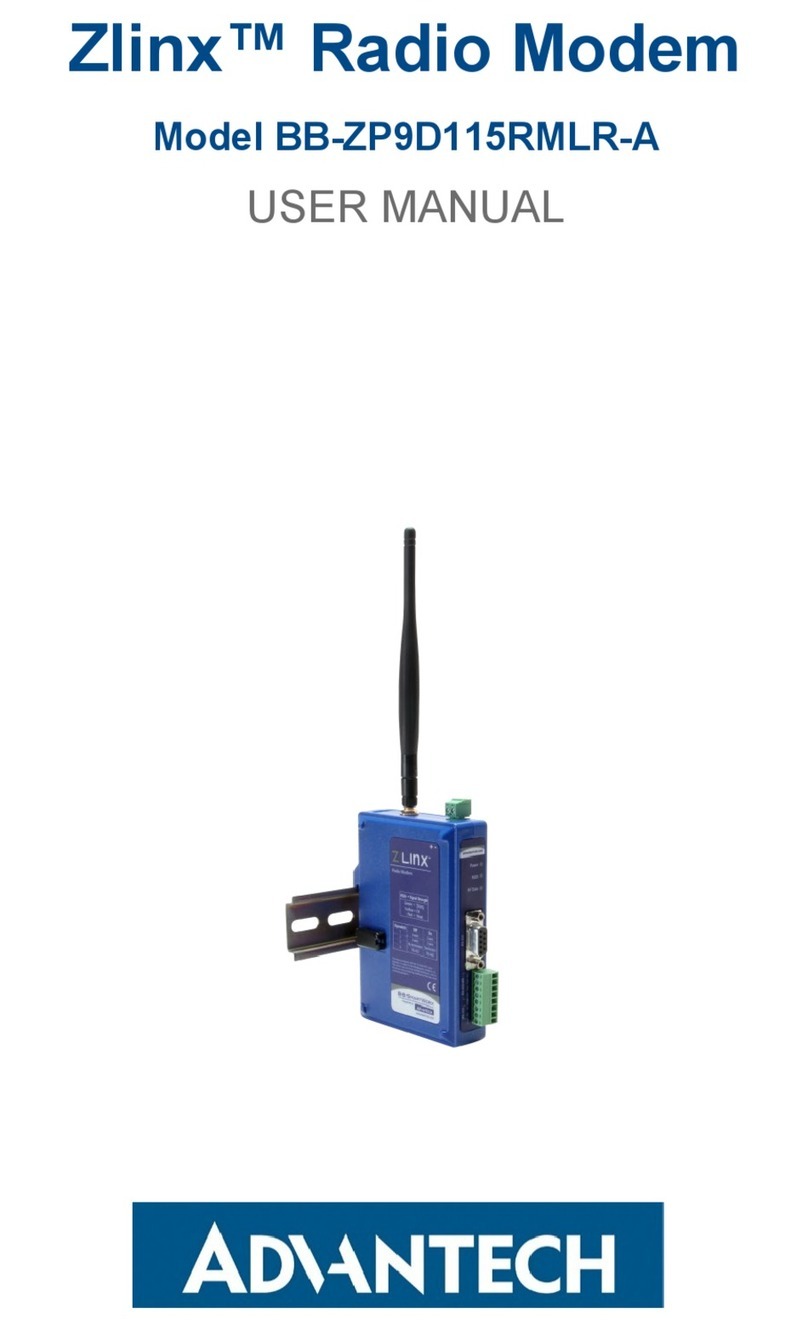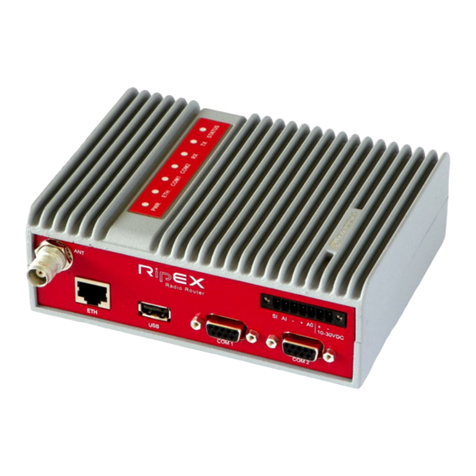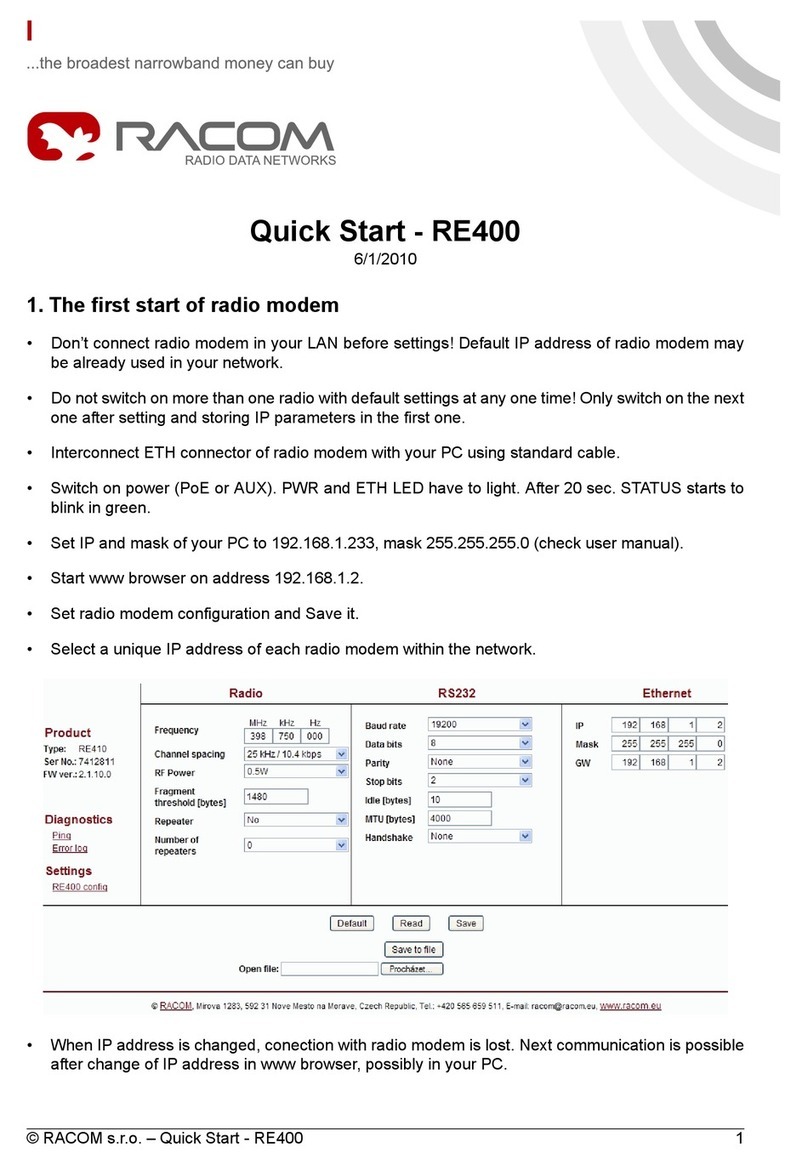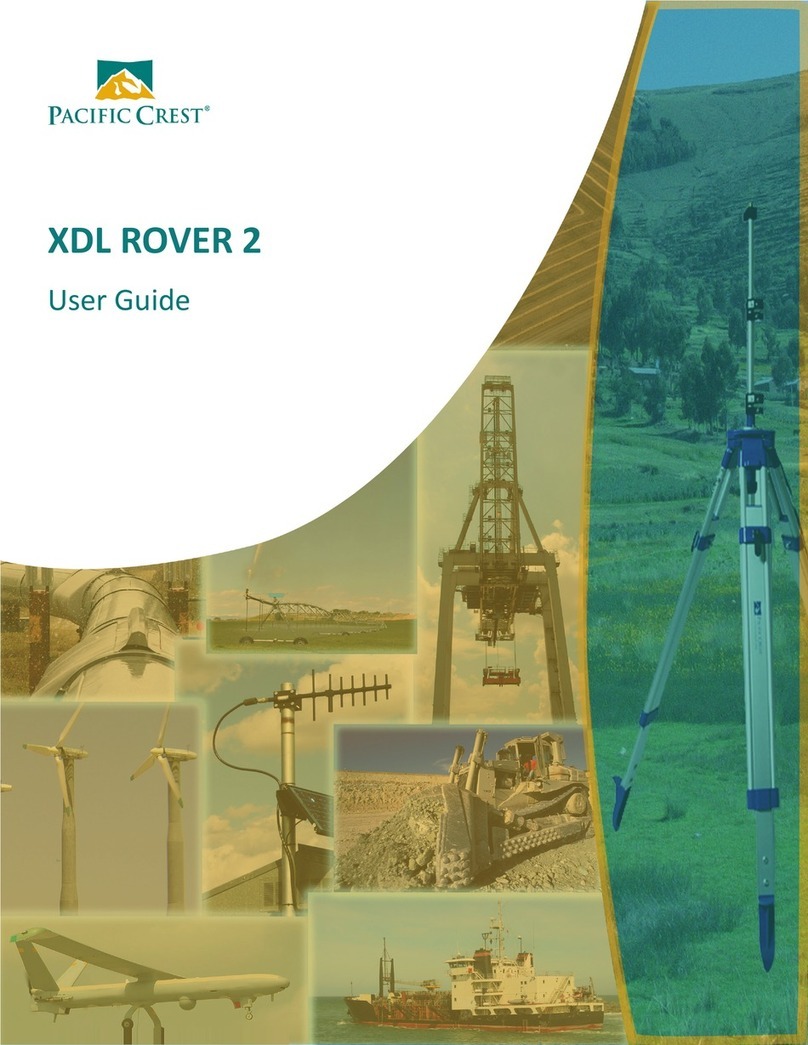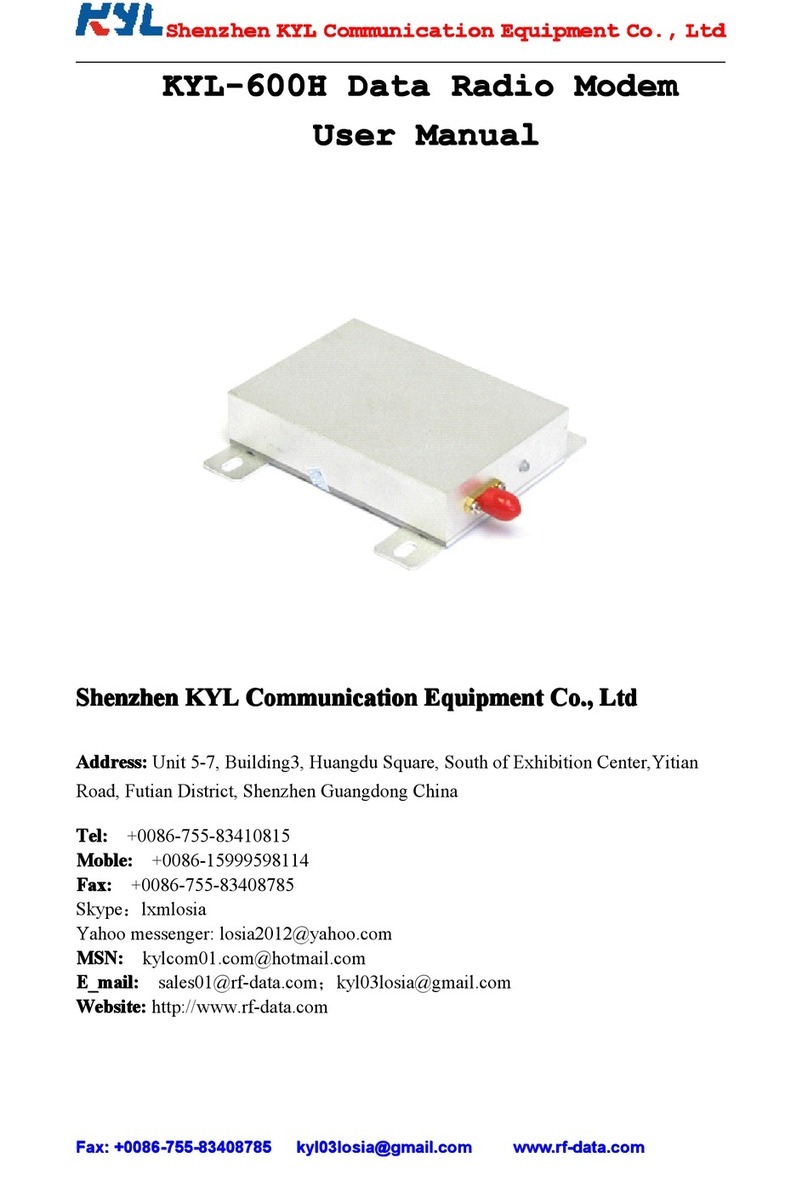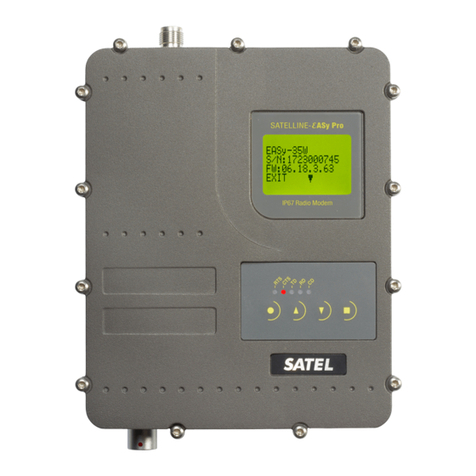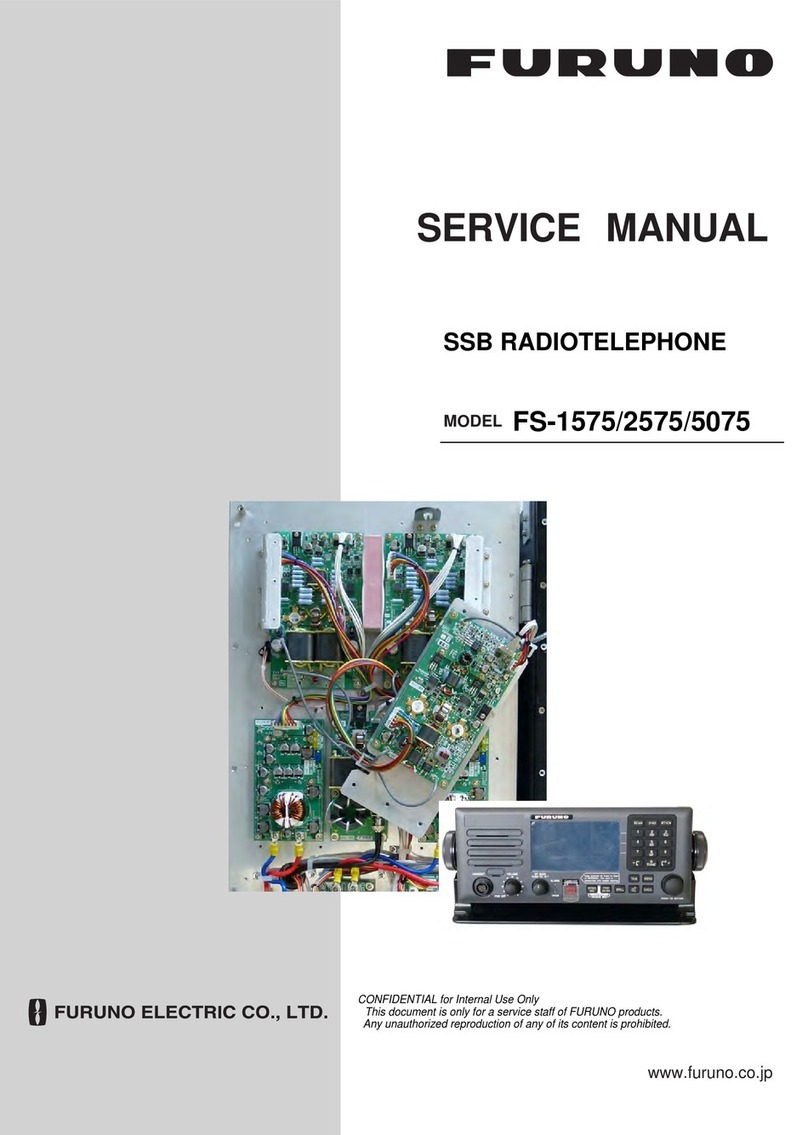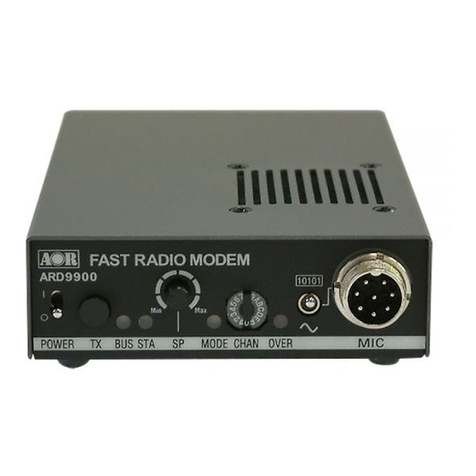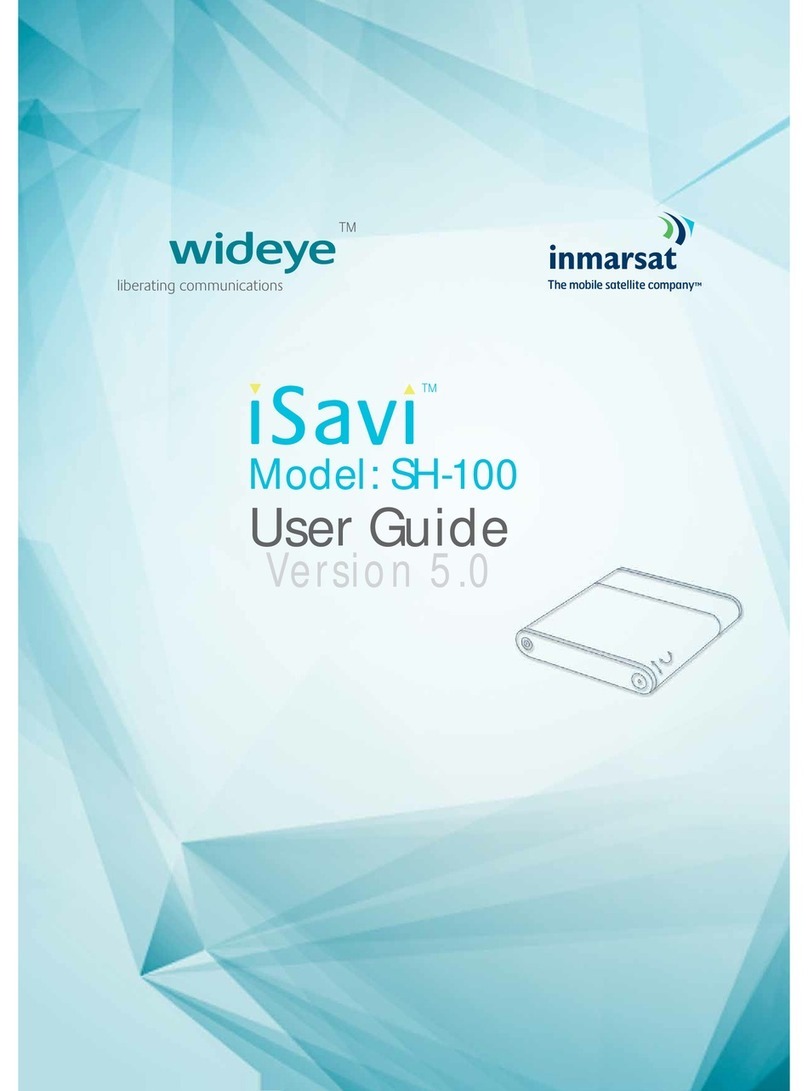
FCC compliance statement
RIM 802D Radio Modem Integrator Guide
6
The Integrator of the RIM 802D Radio Modem is solely responsible for
obtaining all necessary government approvals, including but not
limited to, Electromagnetic Compatibility (EMC) compliance and
applicable radio frequency radiation exposure evaluations, such as
Specific Absorption Rate (SAR), Environmental Assessment (EA), and
Maximum Permissible Exposure (MPE) testing, for all RF radiating
devices from the governing bodies in the nations in which the product
and/or Resultant Product will be marketed or sold.
The Integrator of the RIM 802D Radio Modem understands and agrees
that any grant of authorization to RIM from the Federal
Communications Commission (FCC), or any other foreign government
body/commission, extends only to technical specifications and
configurations expressly verified by RIM as in compliance with FCC or
other government body/commission's EMC and applicable RF
radiation exposure regulations. Any engineering or other changes to
RIM products delivered by RIM to the Integrator, which are not
consistent with the design specifications approved by RIM and the FCC
or other government body/commission, shall be the sole responsibility
of the Integrator, and RIM expressly does not warrant that such changes
are permissive or otherwise acceptable under FCC or other government
body/commission's regulations. The Integrator understands and agrees
that such engineering or other changes may cause the product and/or
Resultant Product's non-compliance with FCC or other government
body/commission's EMC and/or RF radiation exposure regulations
and the Integrator hereby assumes all regulatory and legal
responsibility for same.
The FCC approval process requires testing to be completed and a report
submitted to the FCC before the Resultant Product may be granted FCC
certification. This can be a lengthy process, taking four months or more
for completion. This certification must be received prior to the sale in
the U.S. of any Resultant Product containing the RIM 802D Radio
Modem by the Integrator. More information can be found in this guide.
Please contact the FCC or RIM for further details.
